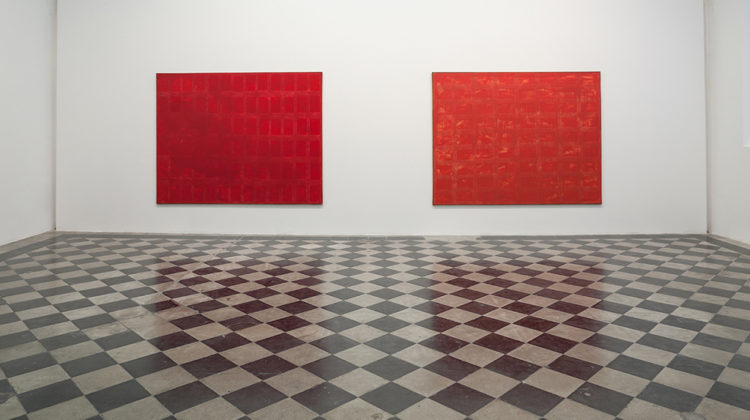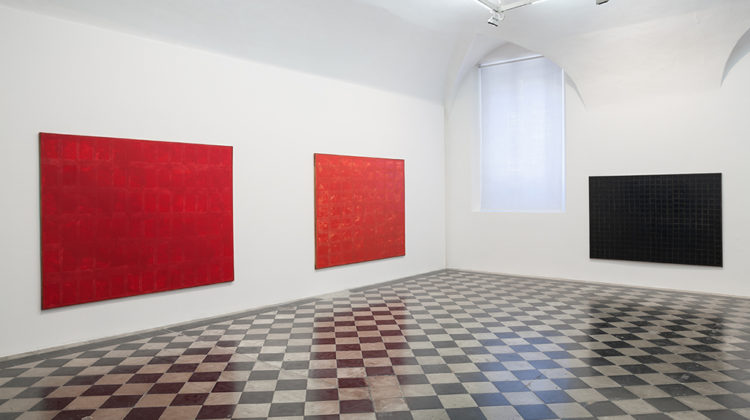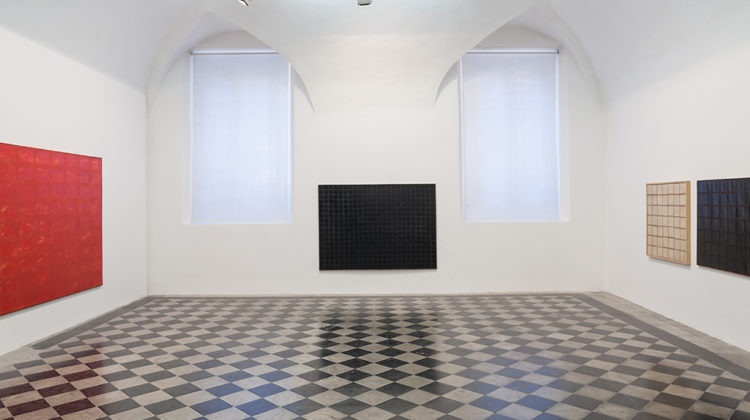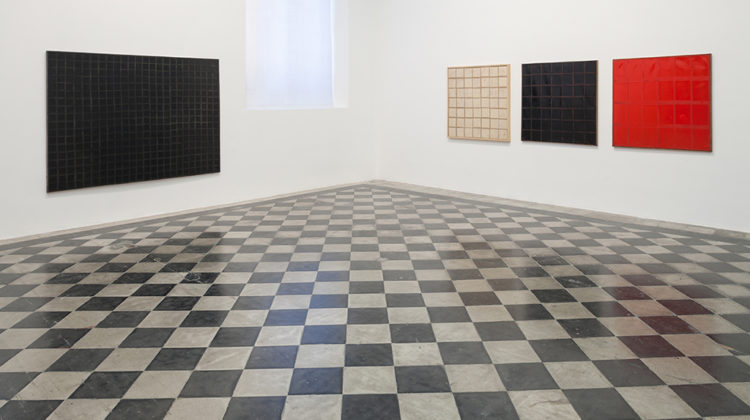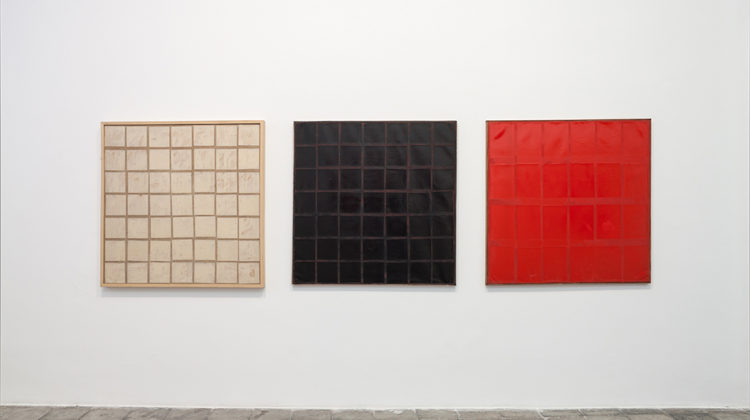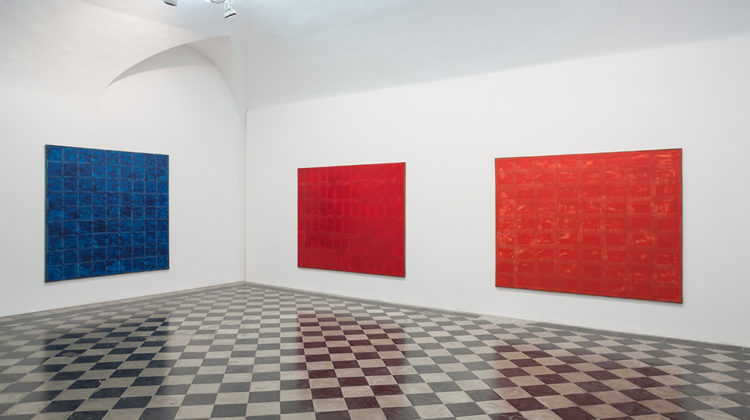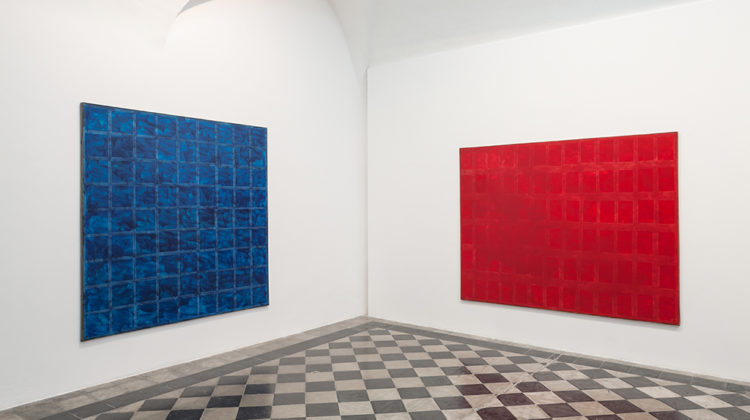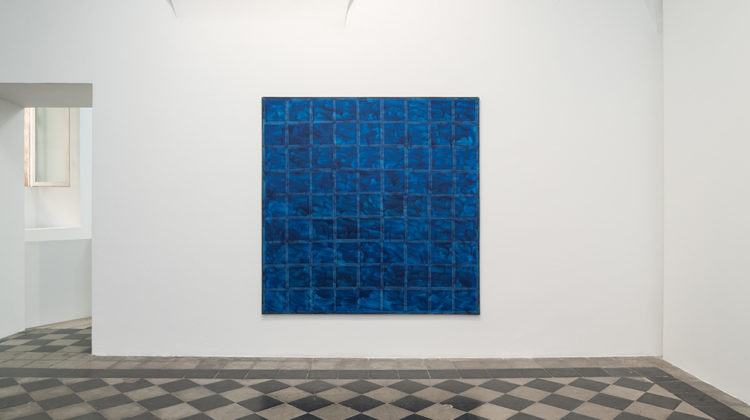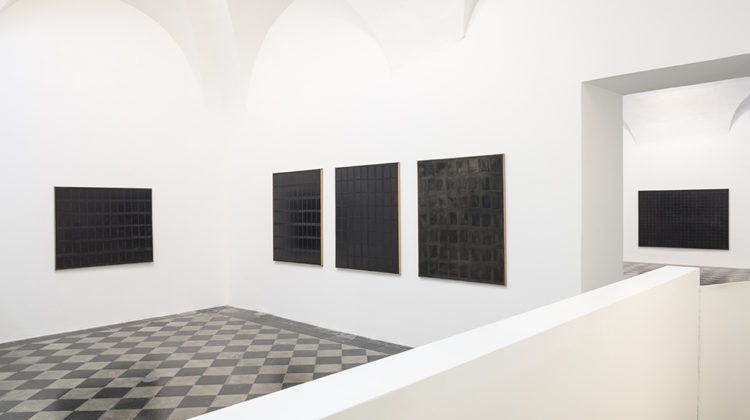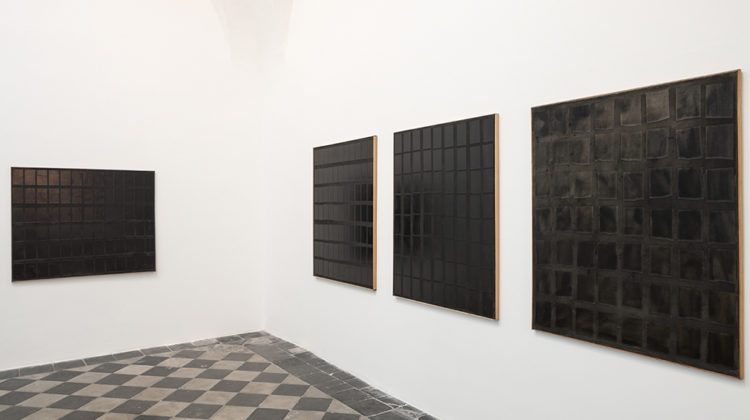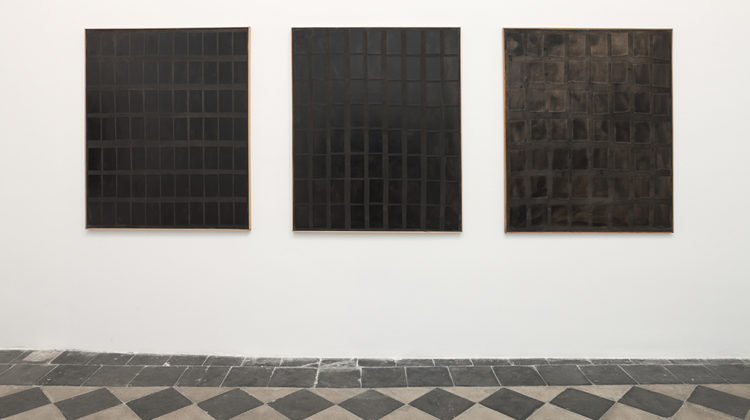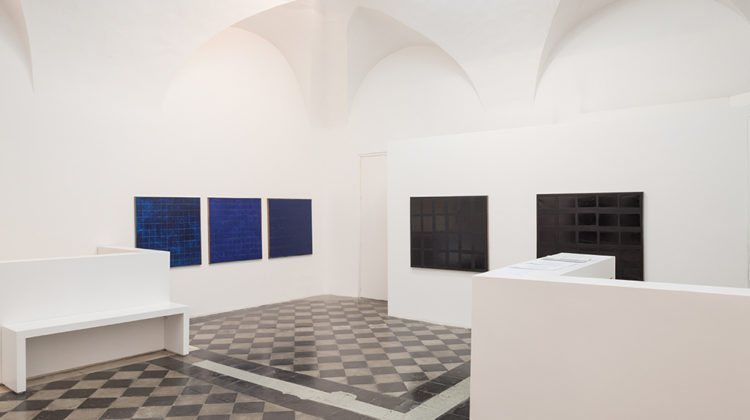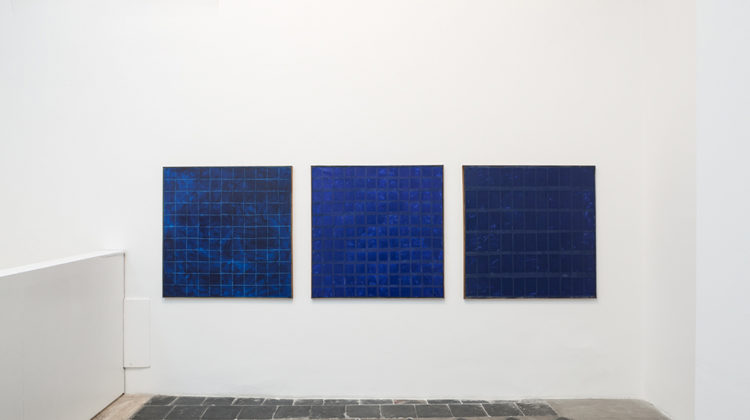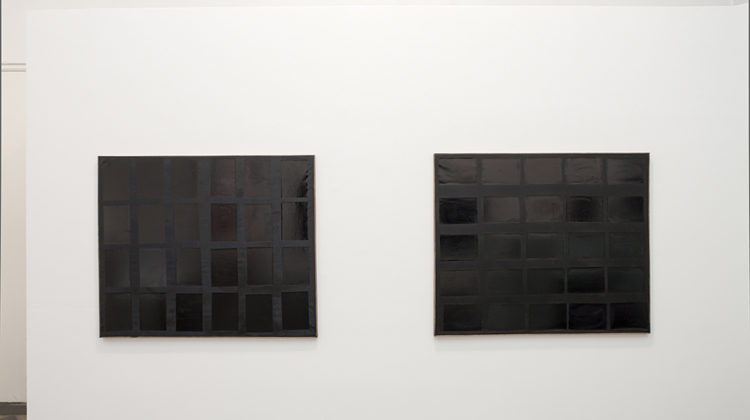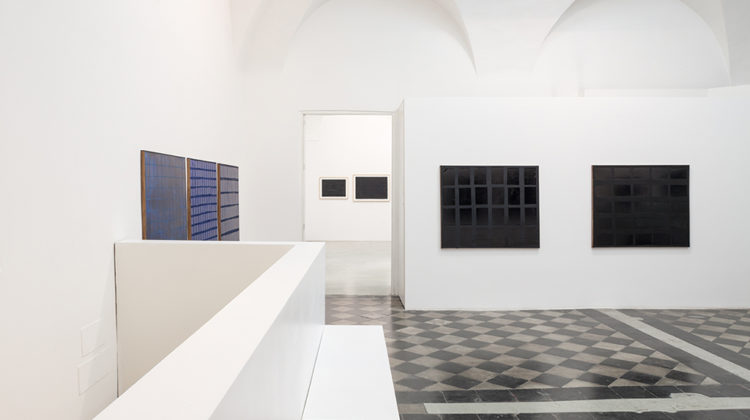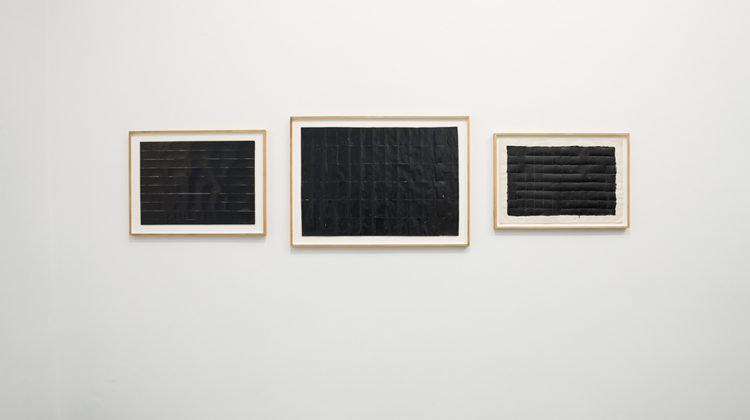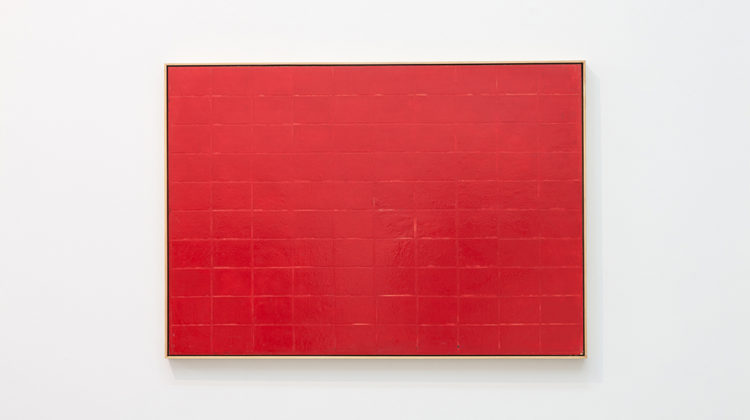Monochromes 1958-61
Sergio Lombardo
Born in Rome in 1939, psychologist and artist, Sergio Lombardo is one of the main Italian artists who renewed the European and International artistic language in the late fifties and early sixties. In the late 50’s Sergio Lombardo was a member of the Nuova Scuola Romana (New School of Rome), an art movement which was attended by artists such as Mario Schifano, Jannis Kounellis, Tano Festa, Franco Angeli, Renato Mambor and Cesare Tacchi. Lombardo was the leading figure of historical avant-garde at an international level and of Italian Pop Art. He is the father of the Eventualist Theory, which led to an important artistic and theorical movement based on experimental methods.
Monochromes, his debut artworks dating from 1958 to 1961, features an important moment of his career. This series fits into the reflection about the boundary between art and non-art and represents the precursor of the Eventualist Theory. In disagreement with some of the dominant ideas of the time, Sergio Lombardo reacted to the common conception of the artist as an inspired genius and, opposing the theory of inspiration, set himself the goal of creating a work that was unquestionably recognizable as a non artistic object. His intention was to produce a work of no value, meaningless, devoid of originality, imagination or inspiration. However, in contradiction to his goal and expectations, he liked the result and therefore decided to create more works using the same executive processes. The Monochromes, pieces of paper glued onto canvas and painted with monochrome enamel, act as a prelude to the radical process of Conceptual Art and are the fruit of his experiments regarding the non-artistic characters. This series presents three of the main aesthetic rules that characterize his entire research: spontaneity, expressive abstinence and structurality.
The latter is due to his ability to fully define his artwork through a previously declared executive method: the artist must work as a scientist and not be driven by an arbitrary creativity. This automatic production process excludes the free will, the exclusivity and the originality of the work and intentionally approaches it to the product of an automaton making it become an artificial and repeatable stimulus which urges to the public a spontaneous and unique response. The work thus becomes totally a unicum to the observer.
Spontaneity is related to errors: involuntary and unrepeatable behaviors. The less these imperfections are voluntary the more expressive they become; their appeal comes from their unique and non-replicable character and attract the attention of the public which identify itself as the creator. The artist does not have to express himself since the artwork is just an incentive to make the public’s expression clear.
The show features the largest selection of monochromes by Sergio Lombardo ever collected in a single exhibition, ranging from very large works to smaller ones, both on canvas and paper . Many of these works have been presented in prestigious museums and exhibitions which have been very important for the artist’s path.
The first monochromes were featured in the group show “Premio Cinecittà” in Rome in 1958, Sergio Lombardo’s debut year. During this occasion he met Francesco Lo Savio, Mario Schifano, Renato Mambor, Cesare Tacchi and Tano Festa, who would all have become his best artists friends. Later on, in 1962, the monochromes were shown in official exhibitions, such as at the National Gallery of Modern Art in Rome and at the Termoli Prize.
Therefore, the exhibition presents some of the most important works of Sergio Lombardo’s research.
For any further information please contact:
gallery@unosunove.com
